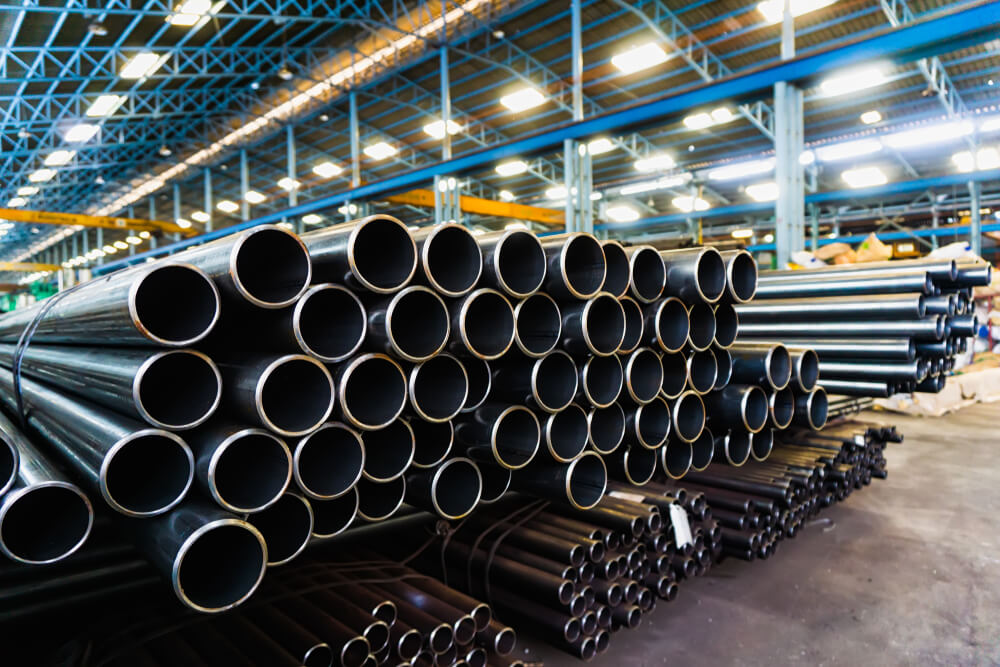
China’s aluminum production for December 2024 increased by 4.13% year-on-year (YoY), with cumulative production for the year up 3.89% YoY, according to statistics from SMM. Despite the annual growth, regional production cuts impacted specific areas due to high costs and technological transformations.
In December, smelters in Sichuan and Guangxi reduced production. High alumina and electricity costs led to severe losses in Sichuan, prompting production cuts. In Guangxi, some smelters reduced operations for technological upgrades, with plans to resume in the fourth quarter of 2025. Resumption efforts in Sichuan and Guizhou stalled due to high alumina prices and weak seasonal demand, while projects in Xinjiang, Inner Mongolia, and Ningxia proceeded as planned.
The proportion of casting ingots increased in many regions, while liquid aluminum output decreased by 1.22 percentage points month-on-month (MoM) and 1.99 percentage points YoY. Domestic casting ingot production in December rose by 8.23% YoY to approximately 1.03 million metric tons, reflecting a shift in production dynamics.
Capacity and Operating Rates: By the end of December, China’s aluminum capacity stood at approximately 45.71 million tonnes, with an operating capacity of around 43.53 million tonnes. The industry’s operating rate rose by 2.49 percentage points YoY to 95.38%. Increases in operating capacity were driven by ramp-ups at new projects in Xinjiang, while reductions stemmed from cuts at smelters in Sichuan and Guangxi. Capacity replacement projects in Inner Mongolia and Ningxia are progressing as planned, with the Ningxia project already completed.
Production Outlook for 2025: As of January 2025, aluminum operating capacity is expected to remain stable. The impact of earlier production cuts will become more evident, but no additional smelters have announced plans for further reductions. The annualized operating capacity at the end of December remained at 43.53 million tonnes. However, with the Chinese New Year approaching, downstream demand is weakening, and billet plants are reducing production. This trend is expected to lower the proportion of liquid aluminum to around 70% in January.
Future developments will hinge on regional capacity changes and the performance of downstream sectors such as aluminum billets.



